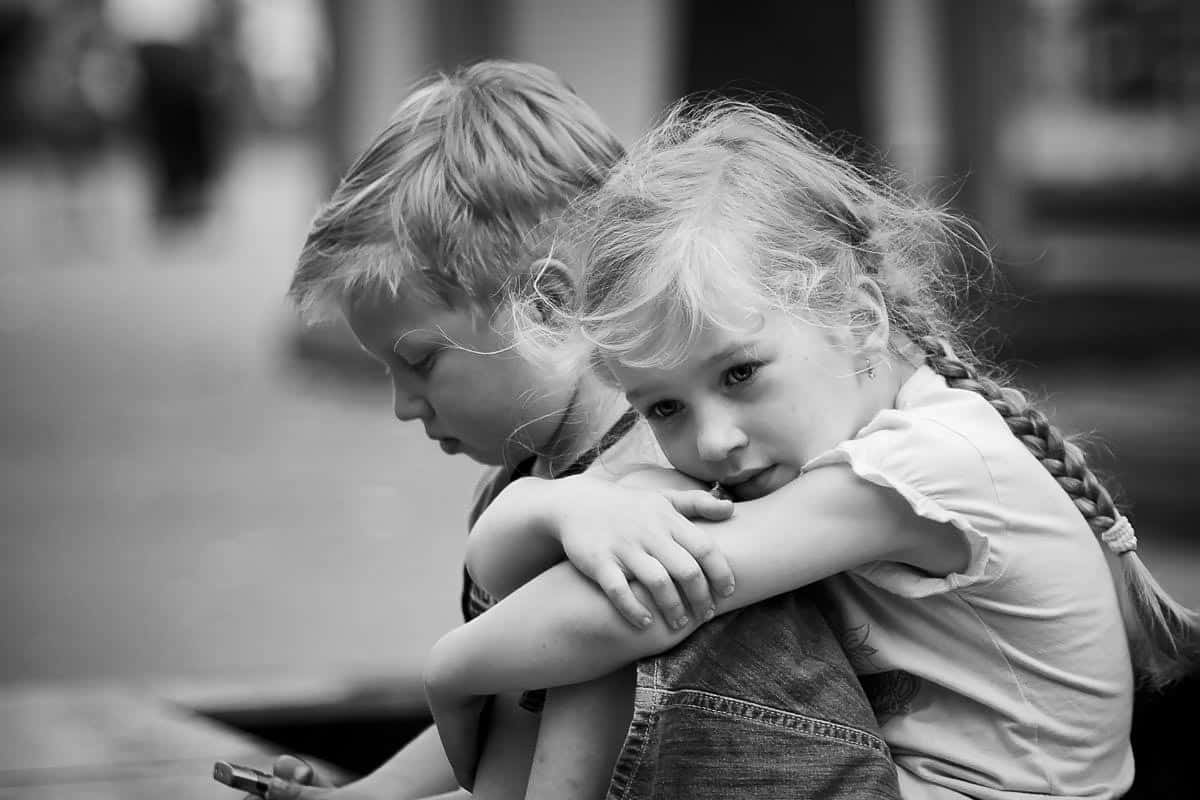In the intricate dance of marriage, partners often focus on footwork, forgetting that the music sets the rhythm. It’s in the subtle change of tune where the biggest sign of divorce may resonate—a sign that men, in particular, may not anticipate. We delve into the heart of relationships to uncover this elusive signal, offering insights that could steer couples away from the precipice of separation.
The Silent Crescendo: Emotional Distance

Long before the legal proceedings and the division of assets, divorce whispers its arrival through emotional distance. It’s not the arguments or the financial strain that heralds the end most definitively, but rather the quiet retreat of emotional investment. When a partner starts to feel like a roommate rather than a soulmate, it’s a significant red flag.
Communication Breakdown: More Than Just Words

Effective communication is the lifeblood of any thriving relationship. When this starts to break down, when silence becomes the default response to conflict, the foundation begins to crumble. It’s not merely the lack of talking—it’s the absence of understanding and empathy. When men overlook the importance of active listening and empathetic engagement, they miss the critical cues of their partner’s discontent.
The Intimacy Impasse: When Touch Fades Away

Intimacy is often misconstrued as solely a physical connection, but it encompasses so much more. It’s a shared laugh, a knowing glance, a gentle touch. When these moments become scarce, and the bedroom becomes just a place to sleep, the warning signs are there. The loss of intimacy is a profound indicator that the emotional bonds are weakening.
The Routine Rut: Comfort or Complacency?

Comfort in a routine can be a double-edged sword. On one edge, it signifies stability and predictability; on the other, it can lead to complacency. When men become too comfortable and stop making efforts to nurture the relationship, it can signal to their partner a lack of interest or investment, which can be a precursor to divorce.
Financial Friction: The Strain That Doesn’t Show

Money matters, often considered a practical aspect of life, are deeply entwined with emotional well-being in a marriage. It’s not the lack of funds but the lack of financial harmony that can drive a wedge between couples. When men fail to notice or address the stress of financial discord, they may not see the division it’s causing until it’s too late.
The Outsider’s Perspective: Friends and Family as Mirrors

Sometimes, the reflection of a marriage’s health is best seen from an outsider’s perspective. When friends and family start to notice and comment on the changes in interaction or happiness levels, it’s worth taking note. Men often dismiss these observations, but these external insights could be highlighting the unseen cracks in the marital facade.
The Personal Growth Gap: Diverging Paths

As individuals grow and evolve, so should their relationships. A significant sign that men often overlook is the divergence in personal growth. When one partner is advancing in their personal or professional life and the other remains static, the disparity can lead to a disconnect that’s difficult to bridge.
The Conflict Conundrum: Fighting Fair or Not at All

How a couple fights is often more telling than what they fight about. When conflicts become a series of hostile exchanges or, conversely, when they cease altogether, it’s a sign of deeper issues. Men may not realize that the way they handle disagreements can be a significant predictor of a relationship’s longevity.
The Parenting Paradox: Partners or Co-Parents?

Parenting can either strengthen a bond or expose its frailties. When the focus shifts solely to co-parenting, and the roles of husband and wife take a backseat, the identity of the couple can get lost. This shift in priorities is a subtle sign that the marital connection is waning.
The Final Word: Prevention and Proactivity

While these signs may be harbingers of divorce, they also serve as opportunities for prevention. Recognizing and addressing these issues proactively can be the key to turning the tide. It requires a willingness to engage, to listen, and to evolve together.
In conclusion, the biggest sign of divorce men often miss is not a dramatic event but a gradual fade of connection and intimacy. By staying attuned to these changes and committing to ongoing communication and growth, the path to enduring partnership remains open.
Parenting Isn’t For Sissies: 12 Reasons It Can Suck To Be A Parent

Parenting. It’s hard. It’s glorious. It’s everything in-between. One thing that helps is being able to commiserate with others who are experiencing the stress. These parents got real with the joys, and the tribulations. Parents of the world, you are not alone. It might seem obvious, but when you are singing the same nursery song for the thousandth time and it isn’t even noon, your brain is mush. Let’s take a look at the nitty gritty. Read here.
Common Digestive Health Issues in Older Adults

As the population worldwide continues to live longer, approximately 14.5% of those living in the United States are categorized as older adults or over 65.1 There seems to be a lot of information available for adults living with digestive conditions, but we do not hear as much about the older adult population.







